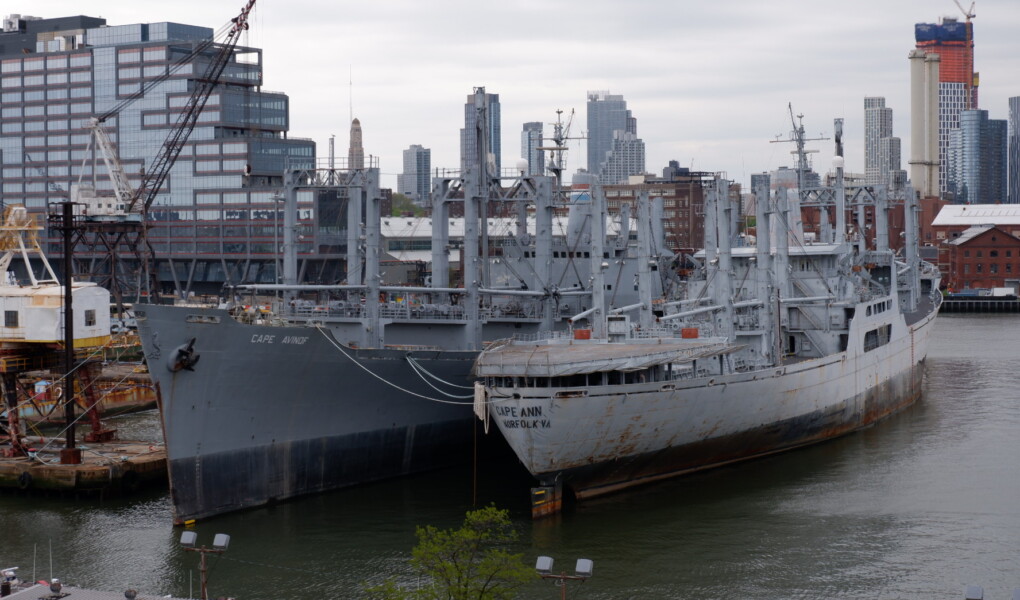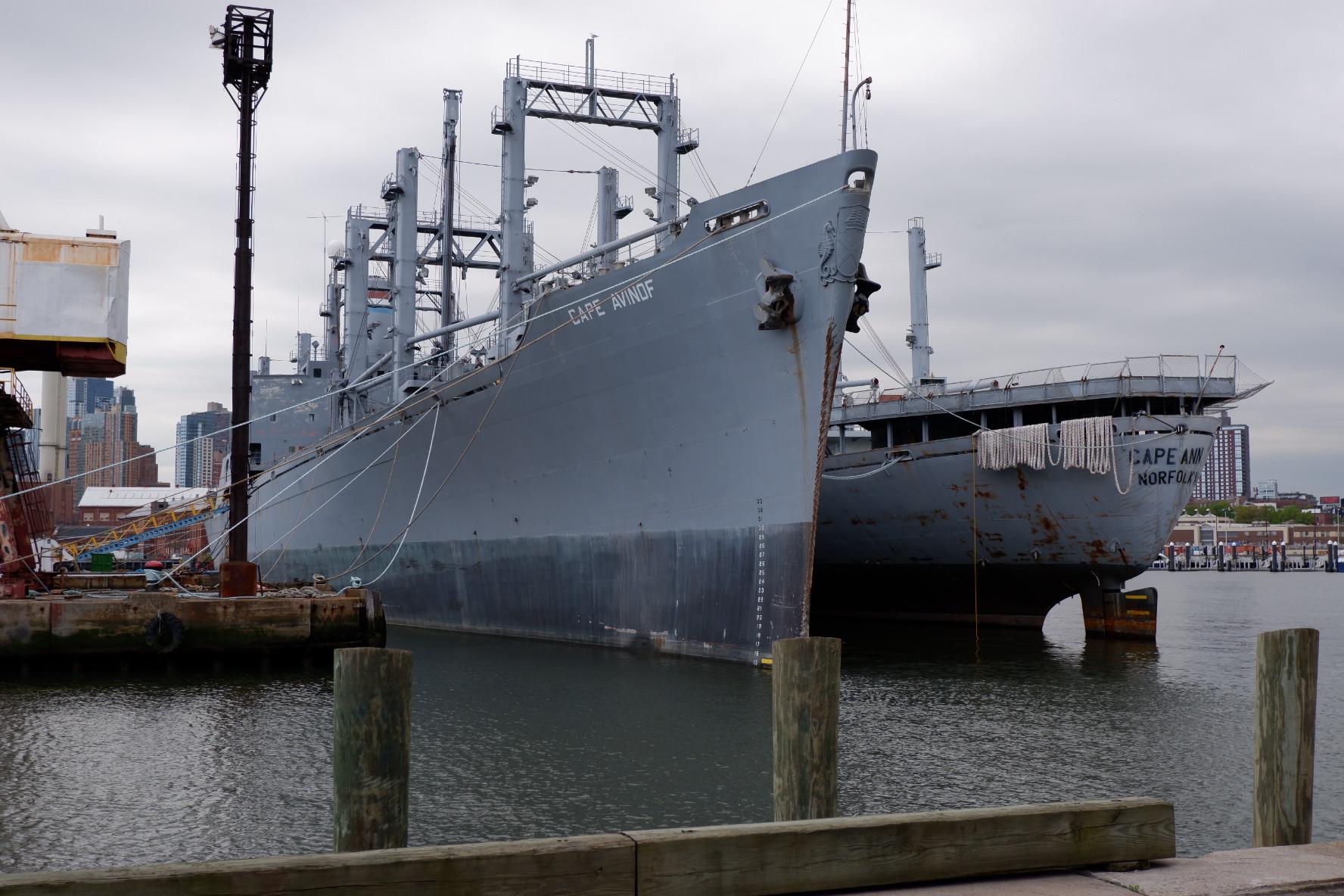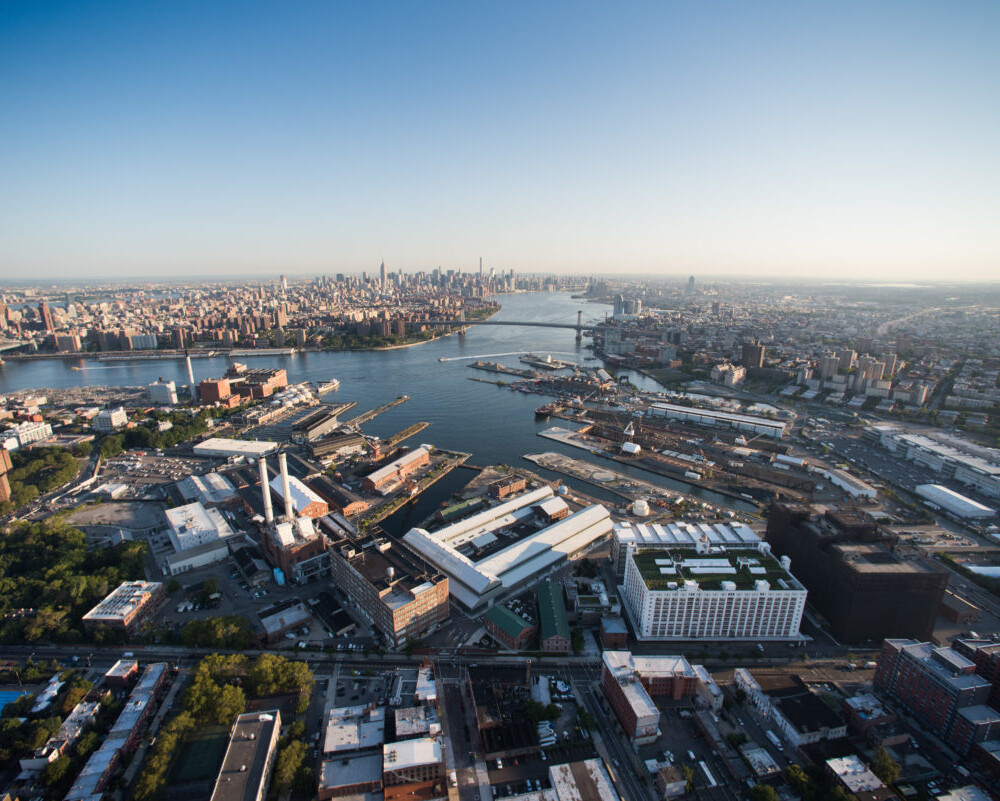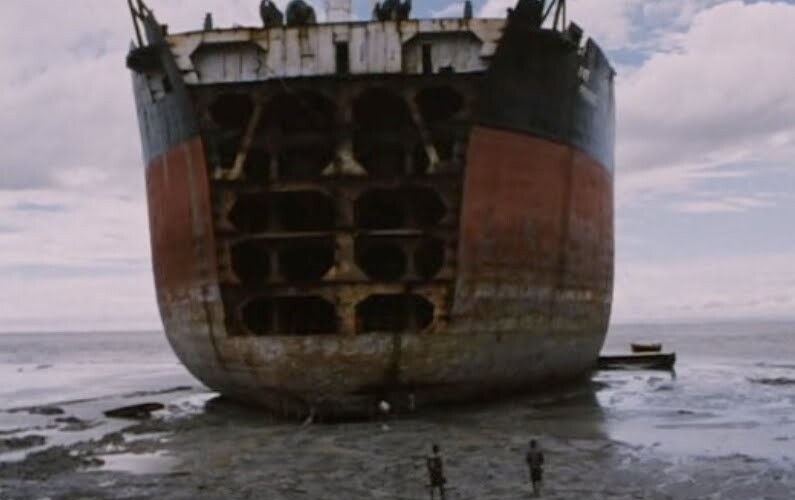Wallabout Bay is currently hosting a pair of ships that harken back to the days of the New York Naval Shipyard, as a pair of mothballed ships from the James River National Defense Reserve Fleet are visiting, Cape Ann and Cape Avinof.
Created after World War II, when the US had a massive surplus of merchant ships, the NDRF was a way to keep those ships in reserve if another national emergency should arise. Managed by the Maritime Administration (MARAD) and once containing thousands of ships at eight anchorages around the country – including the Hudson River Reserve Fleet in nearby Tarrytown, NY – today the NDRF has only about 50 ships in Beaumont, TX, Suisun Bay, CA, and in the James River near Newport News, VA. While these ships are in various states of repair, requiring weeks or even months of work to be put back into action, MARAD also maintains the Ready Reserve Force, 45 vessels strategically positioned around the country with minimal crews that can be reactivated in just four to 20 days.
This pair were built by Ingalls Shipbuilding in Pascagoula, MS in 1962 for Farrell Lines with support from MARAD. In order to both support the shipbuilding industrial base and build more sealift capacity, the federal government provided generous subsidies for shipbuilders, building 356 ships from 1951 until the Cost Differential Subsidy program was cancelled in 1981. These breakbulk cargo ships were of the C4-S-58a design, 572 feet long and with a capacity for 688,000 cubic feet of cargo, plus 28,000 cubic feet of refrigerated space and 12 passenger berths. Farrell ran regular cargo service between New York and many points in southern and east Africa, thus their original names: Cape Avinof was African Sun and Cape Ann was African Mercury. These were some of the last ships built purely for breakbulk cargo, which was moved by onboard cranes. The industry was already moving toward roll-on/roll-off designs and containerization, but breakbulk suited the Africa trade well, where many austere ports lacked facilities for containerized cargo.
But as these ships became obsolete, Farrell sold them to MARAD in 1979 as part of the “Trade-In and Build” program, which allowed shippers to sell ships that were at least 10 years old and use the money for new ship construction. Originally placed in the Ready Reserve Force, they were both activated for Operation Desert Shield and Desert Storm. Cape Ann was called into service in November 1990 and carried ammunition and supplies to the Mediterranean and Persian Gulf in support of the Navy’s Sixth Fleet until August 1991. Cape Avinof was activated in January 1991, and despite a rocky start – its five-day activation ended up taking 26 days – it also served the Navy in the Mediterranean and Gulf, and then returned to the East Coast by way of Singapore, the Philippines, and California, making it the only RRF ship in the Gulf War to circumnavigate the globe.
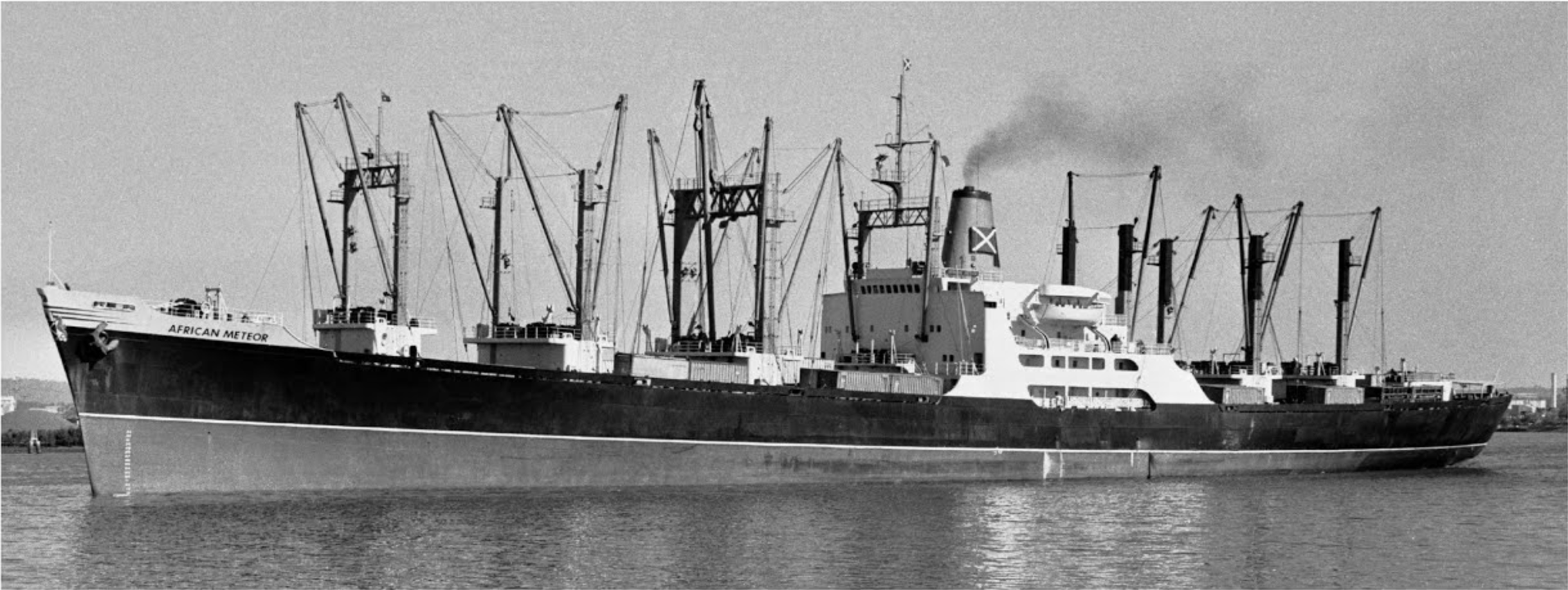
After more than 20 years in the RRF, both ships were “demoted” to the James River Fleet, where they have remained. Now they are here in Brooklyn, likely for dry dock repairs at GMD Shipyard, but we will keep you posted when and if they move from their wet berths into the dry docks.

